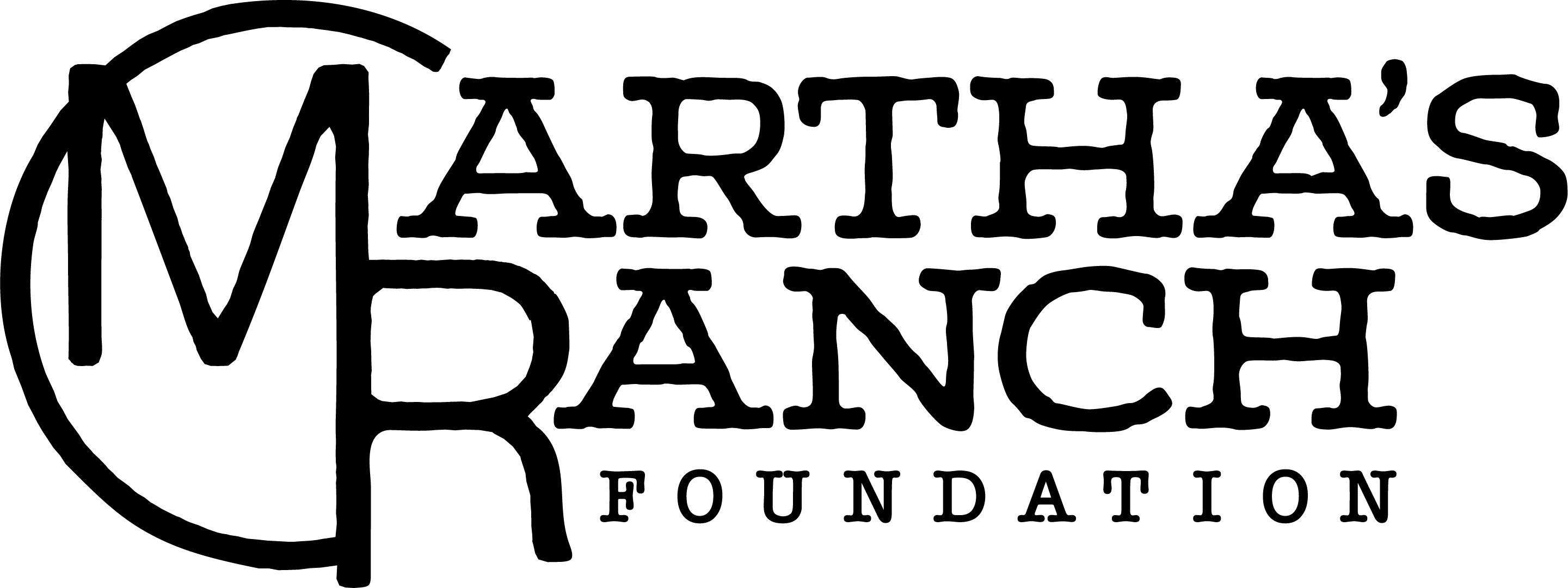New research from The University of Texas at Dallas shows that an intervention developed in Texas for young children diagnosed with autism spectrum disorder leads to significantly improved social communication skills only when delivered before the third birthday, underscoring the need for early diagnosis.
The findings, published May 21 in the Journal of Autism and Developmental Disorders, evaluated Pathways Early Autism Intervention compared to community services in 67 culturally diverse children diagnosed with autism.
Pathways coaches caregivers to follow the child’s lead, use wait time, limit distractions and demands, and engage in face-to-face positioning, mutual gaze, animation and imitation. The use of mutual gaze — which begins to falter between ages 2 months and 6 months in autistic infants — distinguishes the Pathways program from other methods. Pathways focuses on mutual gaze because it is an essential component of early interaction in infants with typical development that may activate the social brain network.
“This parent-mediated intervention has shown success in children from birth to age 3,” said Dr. Pamela Rollins, professor of speech, language, and hearing at the Callier Center for Communication Disorders in the School of Behavioral and Brain Sciences and corresponding author of the study. “Here, we evaluated Pathways in children before and after the third birthday and found that the large social development benefit in the under-3s becomes less significant the following year.”
Pathways was developed by a speech pathologist and an educational diagnostician in North Texas in 2010 specifically to fit the state’s service delivery model and guidelines for Texas’ early intervention programs from birth to age 3. As a result of Rollins’ prior studies over the past five years, Pathways is now used by early intervention programs in more than two-thirds of Texas counties.
“Pathways focuses on back-and-forth interaction and looking into a child’s eyes, which facilitates socially orienting — when the child turns to look at the person looking at them,” Rollins said. “With that in place, you can proceed to more mature social skills like joint attention, which involves sharing objects and events with others during an interaction.”
“You can work on language, but if children don’t have the social skills to support the language, it’s like building a house on water. Our work has shown that working on social skills has downstream effects on language, but working on language alone doesn’t necessarily confer social improvements. Words are not enough.”
Dr. Pamela Rollins, professor of speech, language, and hearing in the School of Behavioral and Brain Sciences
Speech, language, and hearing sciences doctoral student Adrienne De Froy BS’06, co-author of the article, said that study participants who received the Pathways intervention saw greater improvement in their social skills than children who received services-as-usual, but age greatly modulated the effects.
“For children under 3 years of age, this improvement was large. For children over 3, the effect was smaller and didn’t quite reach statistical significance,” she said. “We also found that Pathways had a small, positive effect on language skills for both age groups, which was an exciting finding because the intervention does not specifically target language.”
De Froy said that while the study’s findings underscore the importance of earlier identification of children with autism — typically diagnosed between 3 and 4 years of age — it’s never too late to seek intervention.
Rollins said social development and interaction is the core challenge of autism, as opposed to language development.
“You can work on language, but if children don’t have the social skills to support the language, it’s like building a house on water,” she said. “Our work has shown that working on social skills has downstream effects on language, but working on language alone doesn’t necessarily confer social improvements. Words are not enough.”
Rollins, who has been studying autism since 1982, calls it her life’s passion. She noted that in the early days, her work focused on understanding typical development to provide insights into developmentally appropriate instruction to promote social communication.
“Today, we better understand the developmental unfolding and interrelationships among mutual gaze, early social responsiveness, joint attention and social communication, and how a disruption in one of these areas can have cascading effects on later social learning and language in autistic children,” she said.
Since 2016 Rollins’ research has been funded by the Texas Higher Education Coordinating Board Autism Grants Program. A recent $854,000 grant brings her total funding from the program to more than $3.5 million.
“I feel very privileged that I get to continue to do this work,” she said.
Media Contact: Stephen Fontenot, UT Dallas, 972-883-4405, stephen.fontenot@utdallas.edu, or the Office of Media Relations, UT Dallas, (972) 883-2155, newscenter@utdallas.edu.

